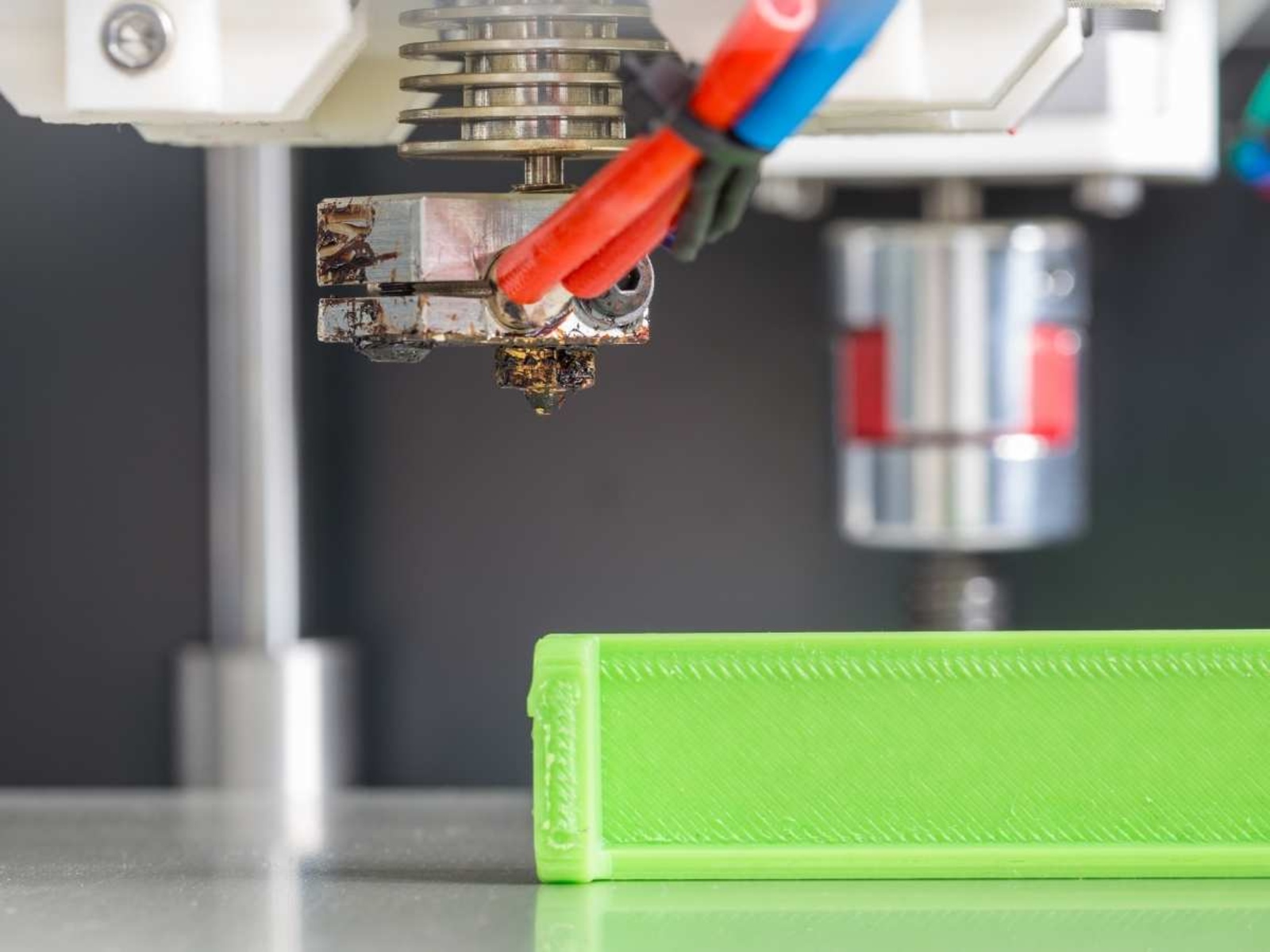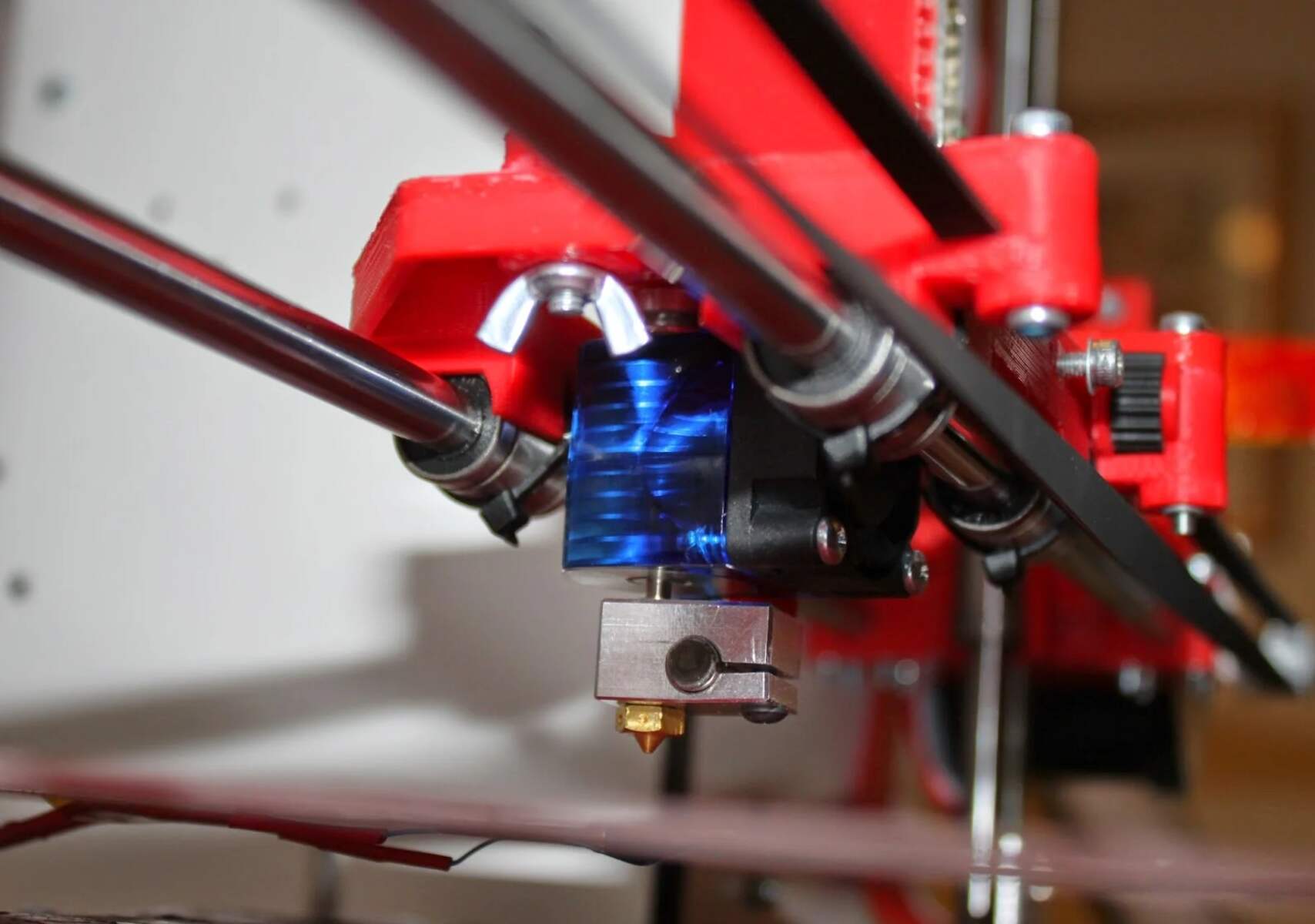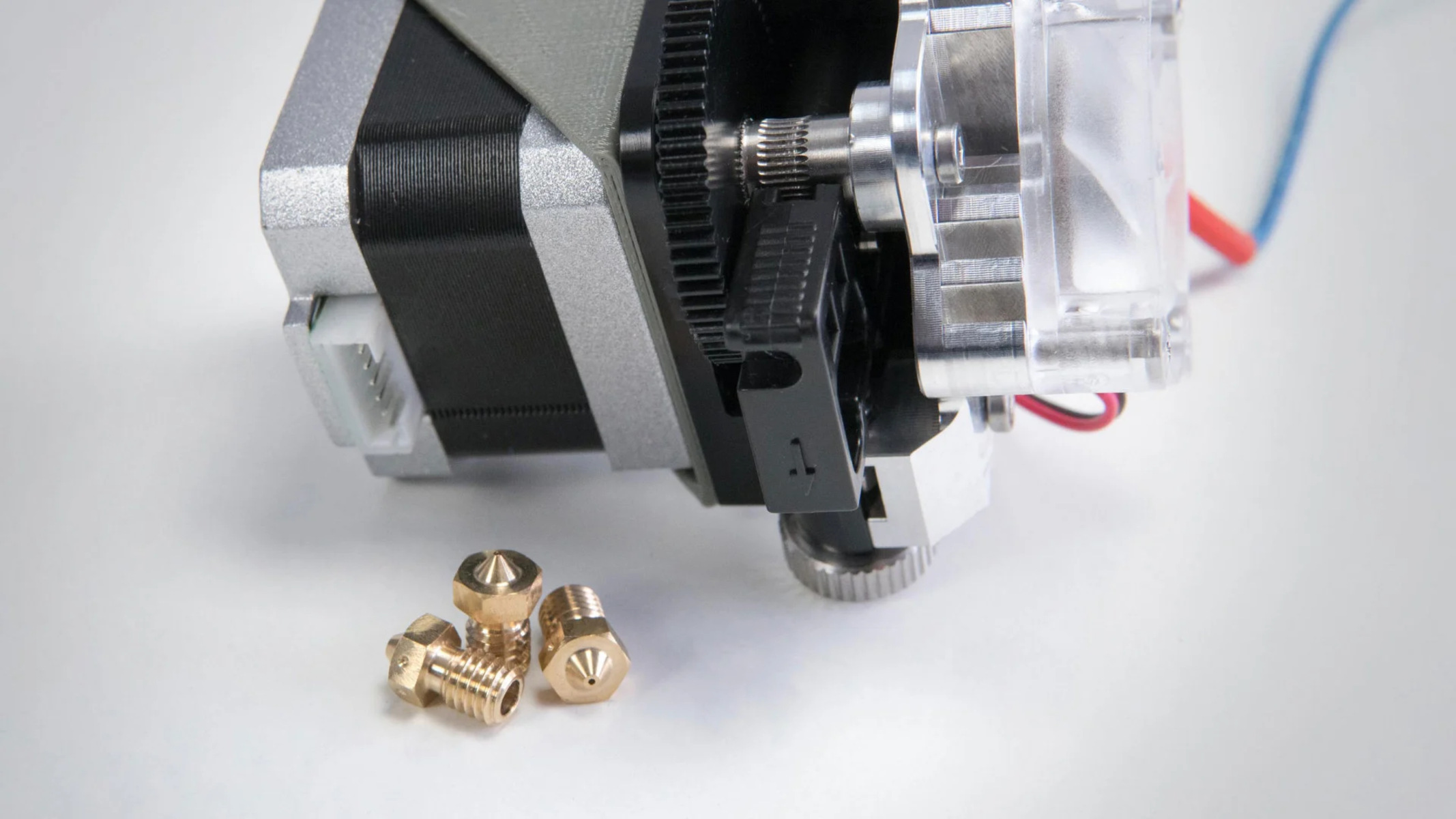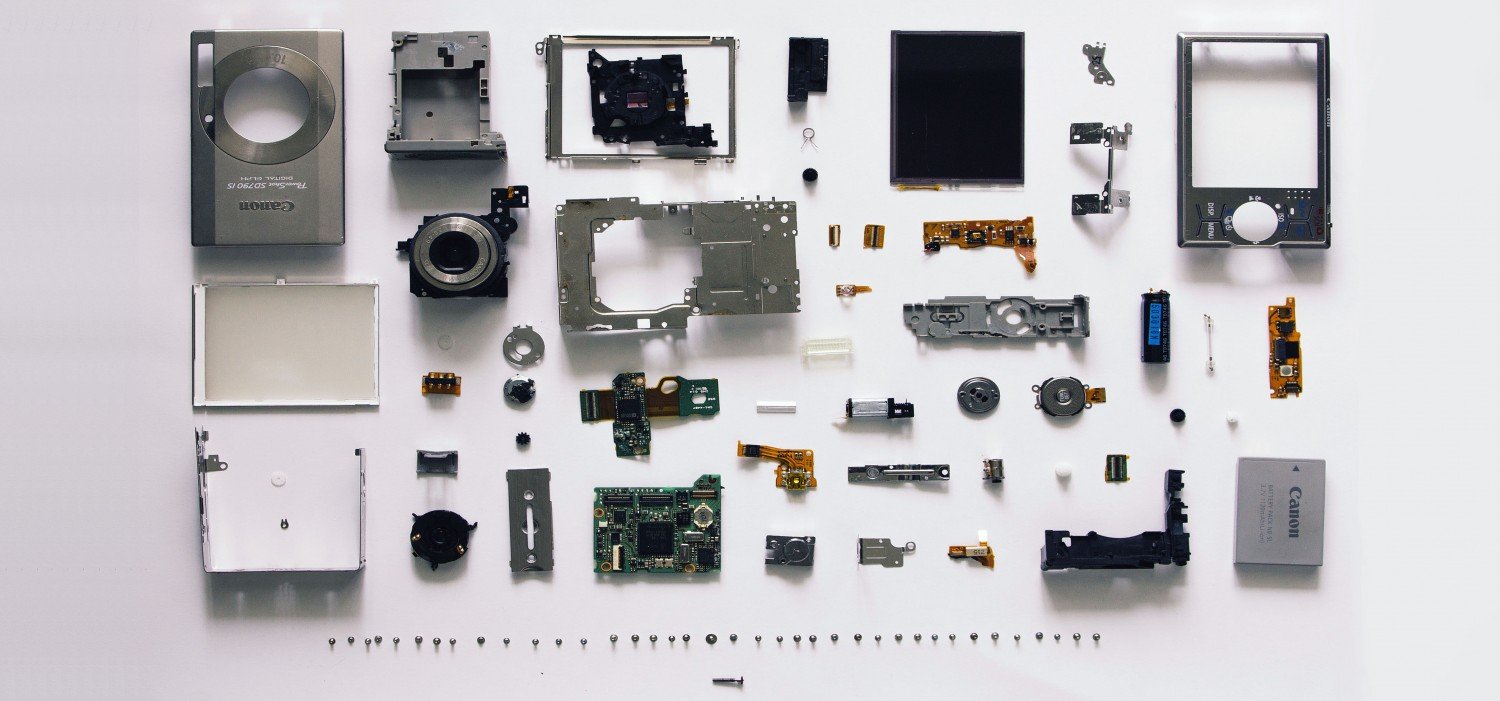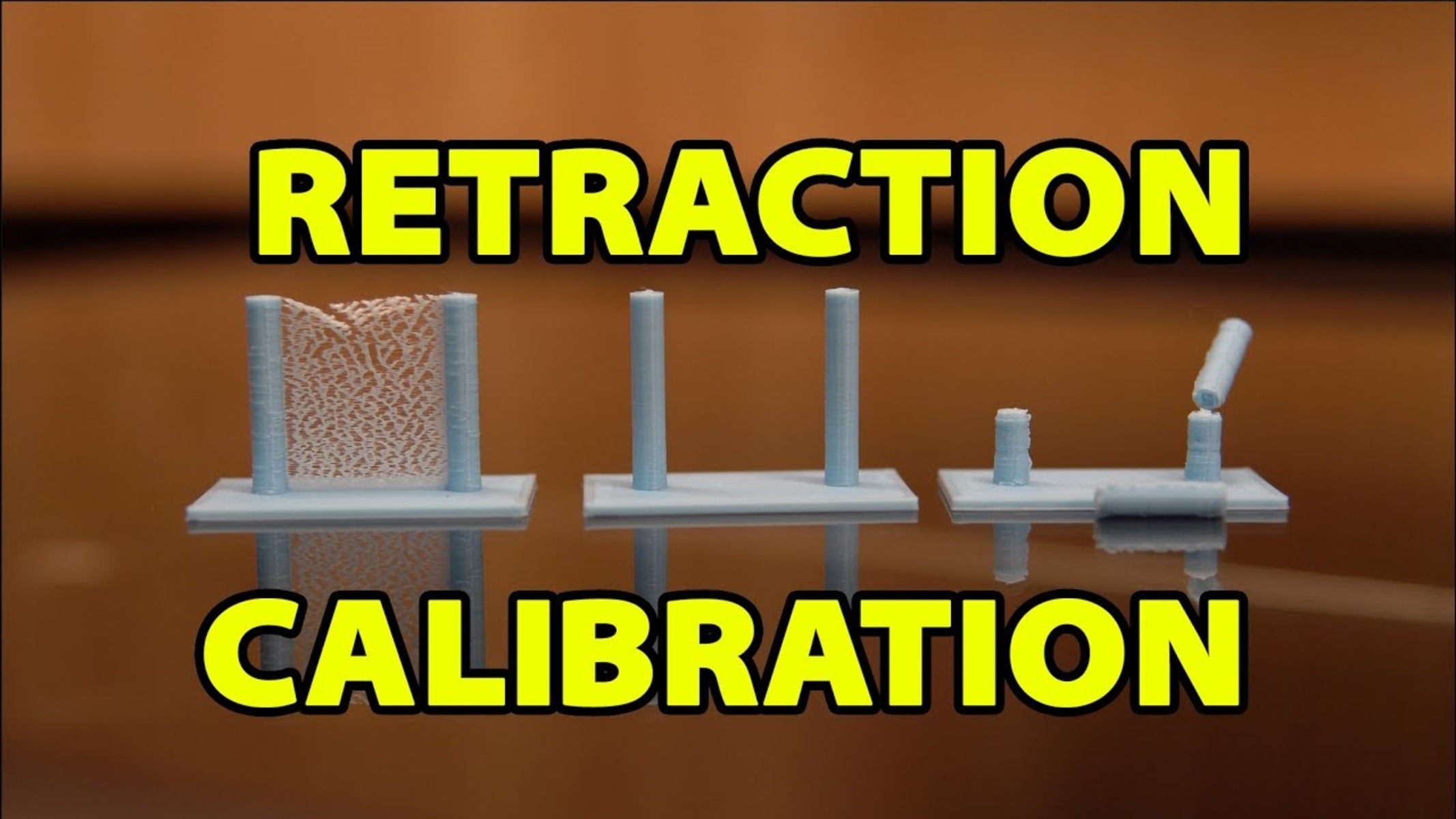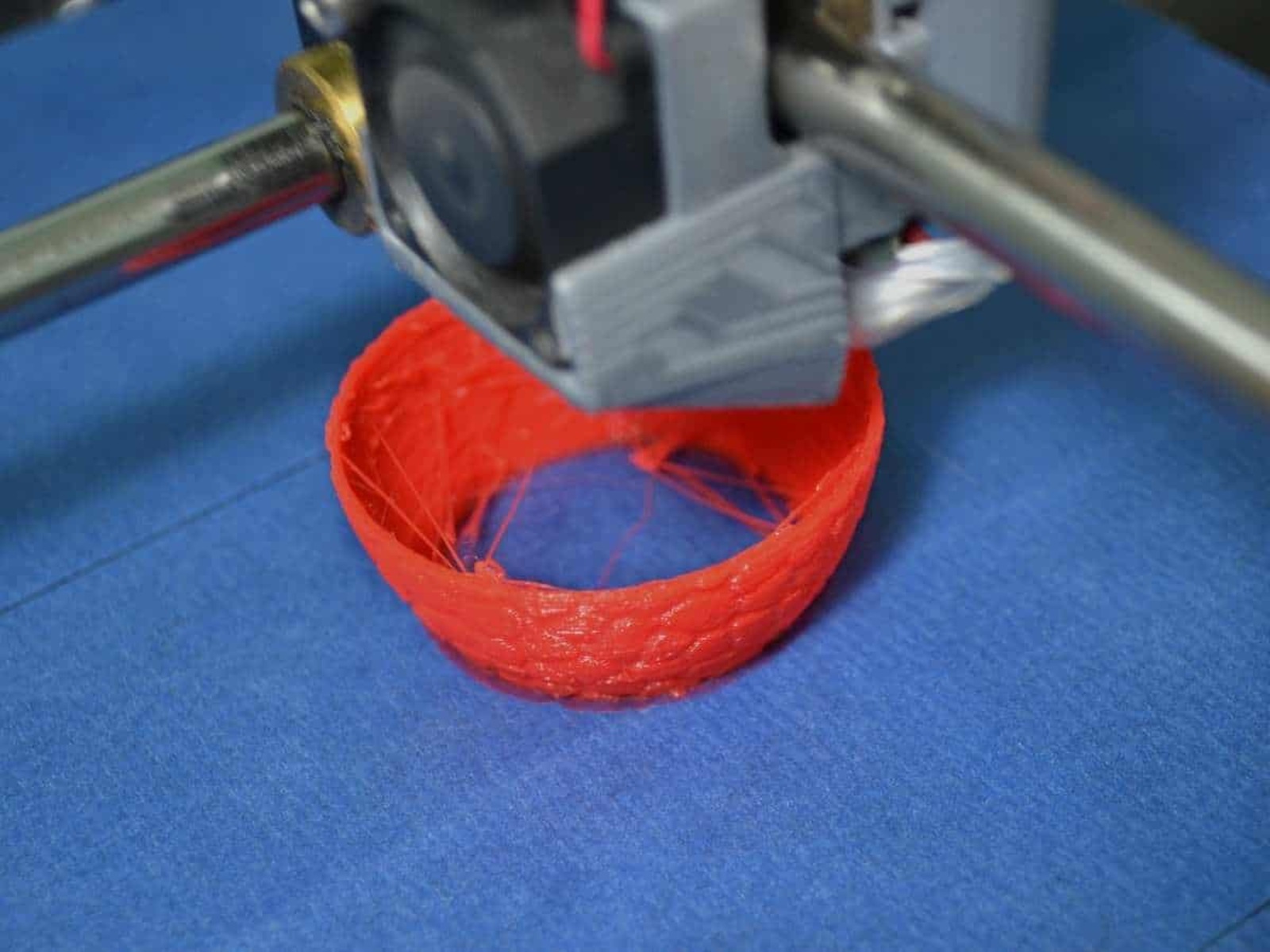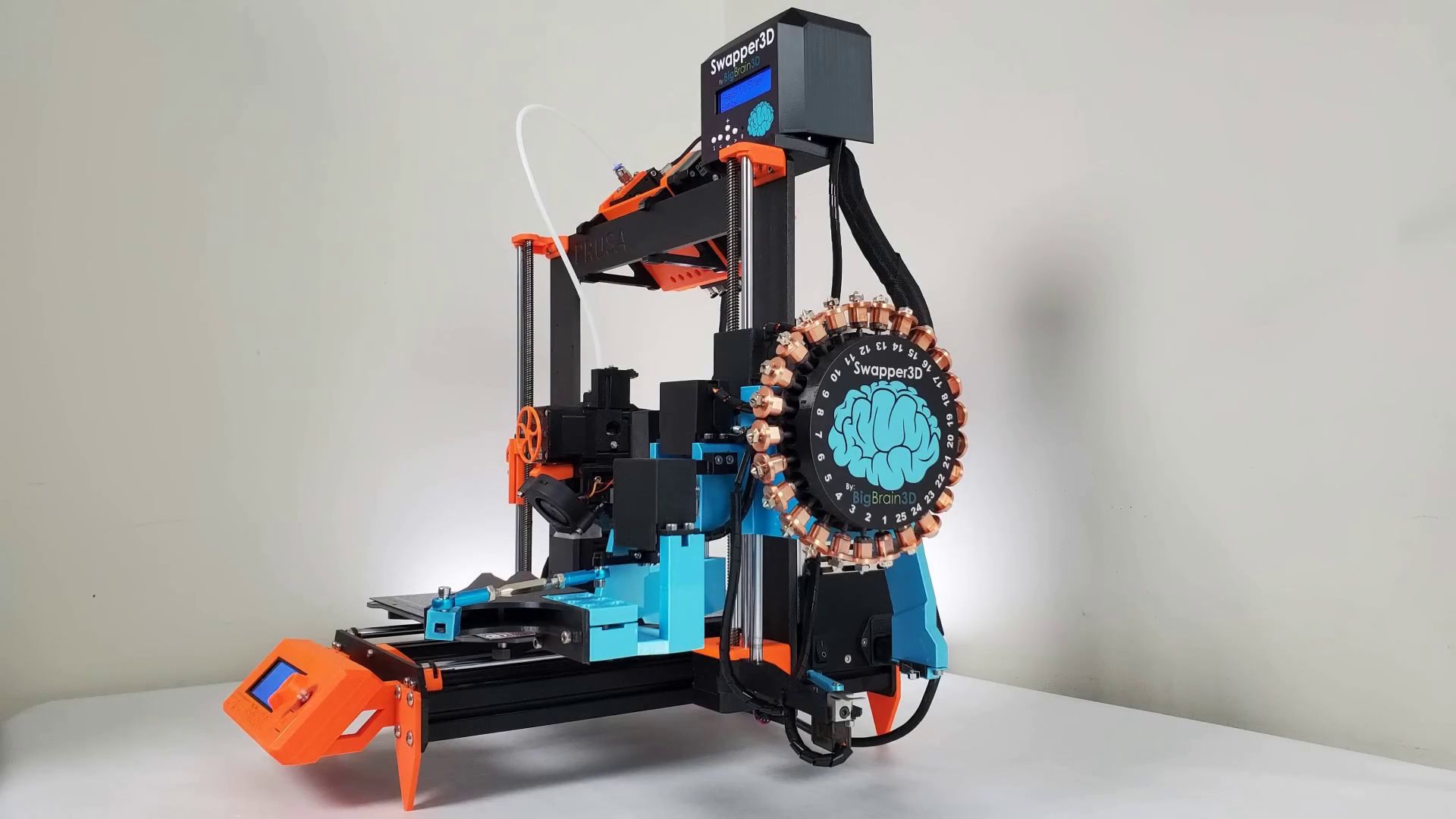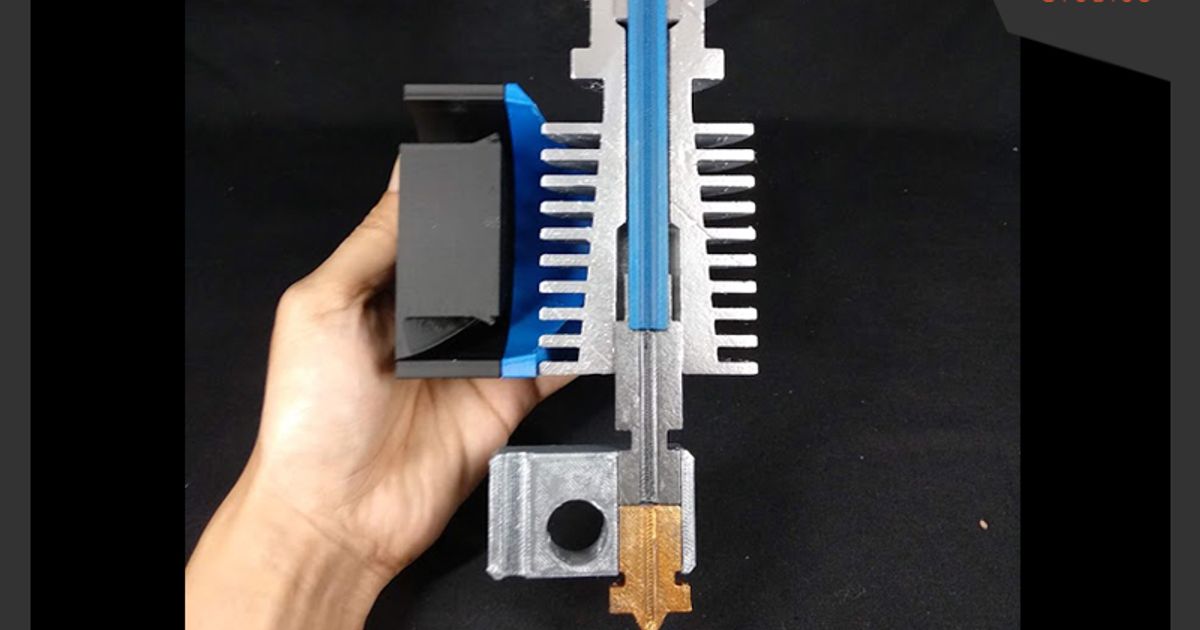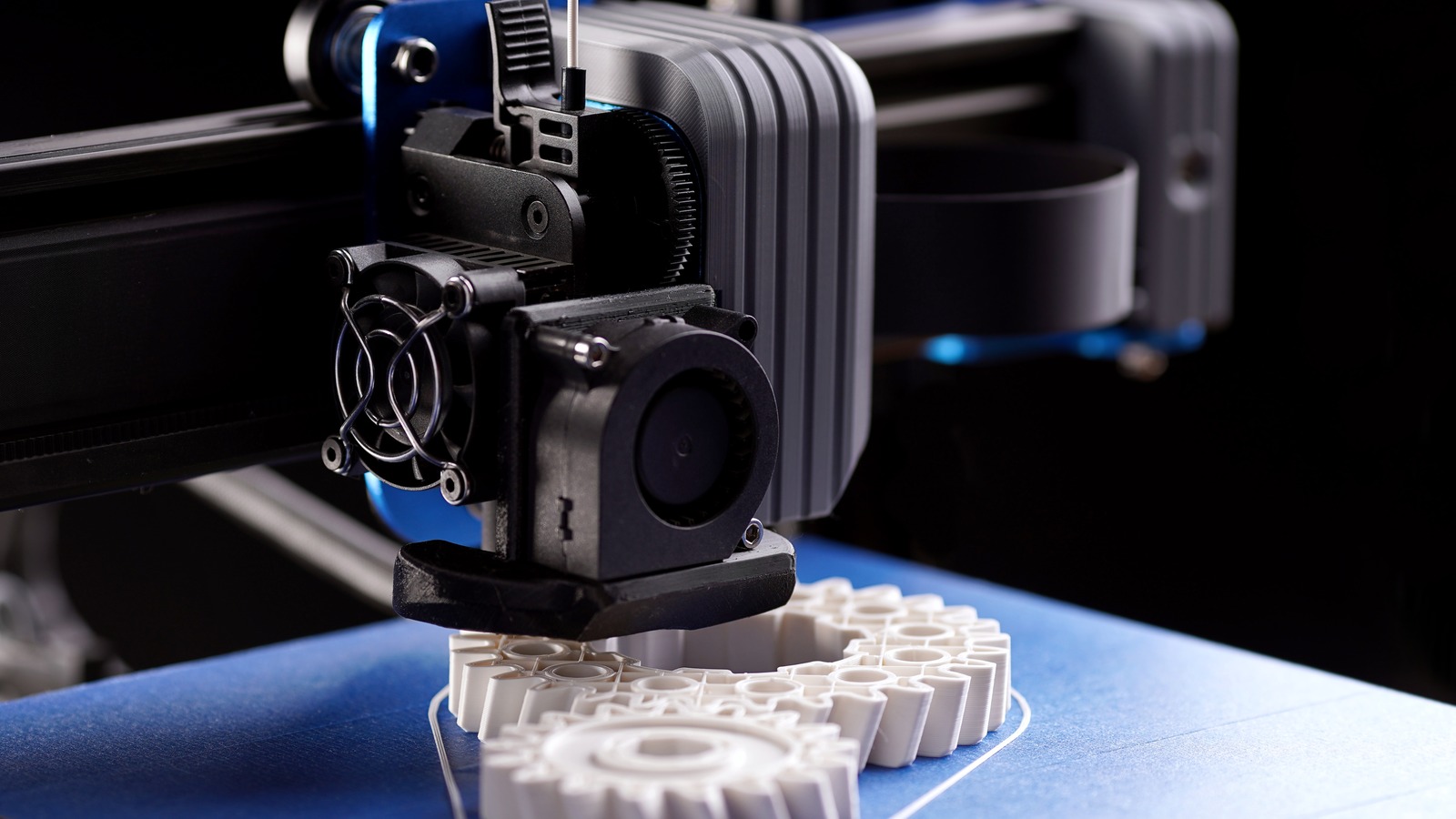Introduction
The hot end nozzle is a crucial component of a 3D printer that plays a significant role in the printing process. It is responsible for melting and extruding the filament material to create the desired three-dimensional object. The hot end nozzle is the point of contact between the filament and the printing surface, making its characteristics essential for successful and high-quality prints.
Understanding the two fundamental characteristics of the hot end nozzle is essential for achieving optimal results in 3D printing. The first characteristic is material compatibility, which refers to the types of filament materials that the nozzle can handle without issues. The second characteristic is the nozzle diameter, which affects the precision and speed of the printing process.
In this article, we will explore these two characteristics of the hot end nozzle on a 3D printer in detail. We will discuss their importance, how they impact the printing process, and why it is crucial to consider them when selecting or fine-tuning the hot end nozzle for your 3D printer. By the end of this article, you will have a better understanding of these two characteristics and how they contribute to successful 3D printing projects.
Characteristic 1: Material Compatibility
One of the primary considerations when choosing a hot end nozzle for your 3D printer is its compatibility with different types of filament materials. Different filaments have varying melting temperatures, flow characteristics, and physical properties. Therefore, it is crucial to select a nozzle that can handle the specific filament material you intend to use.
The material compatibility of the hot end nozzle is determined by its construction and the materials it is made of. Common nozzle materials include brass, stainless steel, and hardened steel. Brass nozzles are the most commonly used and are suitable for a wide range of materials, including PLA, ABS, and PETG. Stainless steel nozzles, on the other hand, are more suitable for abrasive materials such as carbon fiber or metal-infused filaments. Hardened steel nozzles are even more durable and can handle abrasive filaments with ease.
Using a nozzle that is incompatible with your chosen filament material can lead to various issues. For example, if you try to print materials with high melting temperatures using a nozzle designed for lower temperatures, the nozzle may clog or even melt. On the other hand, using a nozzle that is too large for the filament material can result in poor print quality and reduced accuracy. Additionally, certain materials may require specific nozzle features, such as a larger opening or a specialized coating, to ensure optimal performance and prevent material jamming.
It is important to consult the manufacturer’s guidelines and recommendations when selecting a hot end nozzle for a specific filament material. They may provide information on the suitable nozzle materials and sizes for each filament type, helping you optimize your printing process for the desired material. Additionally, experimenting with different nozzle materials and sizes can also be beneficial, allowing you to find the best combination for your specific printing needs.
Characteristic 2: Nozzle Diameter
The diameter of the hot end nozzle is another critical characteristic that affects the 3D printing process. The nozzle diameter determines the amount of filament that can be extruded per unit of time, which directly impacts the print speed and precision.
Nozzle diameters typically range from 0.2mm to 1.2mm, with the most common sizes being 0.4mm and 0.6mm. Smaller nozzle diameters allow for finer details and higher print resolution but may result in longer print times. Conversely, larger nozzle diameters enable faster printing but sacrifice some level of detail and precision.
When selecting a nozzle diameter, it is important to consider the intended purpose of the printed object. If you require intricate details and a smooth surface finish, a smaller nozzle diameter is preferable. For functional prototypes or objects where speed is a priority over fine details, a larger nozzle diameter can be more appropriate.
Another factor to consider when choosing a nozzle diameter is the layer height. The nozzle diameter should be compatible with the layer height settings to achieve optimal print quality. As a general rule, the layer height should not exceed 75% of the nozzle diameter. For example, if you have a 0.4mm nozzle, a suitable layer height would be around 0.3mm or lower.
It is essential to note that changing the nozzle diameter may require adjustments to other printing parameters such as print speed, temperature, and flow rate. Each diameter will have its optimal settings to ensure a reliable and consistent printing process. Experimentation and fine-tuning may be necessary to achieve the desired results when changing the nozzle diameter.
Ultimately, the choice of nozzle diameter depends on the specific requirements of your project. Consider factors such as print speed, detail level, and layer height compatibility to determine the most suitable nozzle diameter for your needs. Remember that different nozzle diameters can be switched out easily, allowing you to customize your printing setup based on the specific demands of each project.
Conclusion
The hot end nozzle is a critical component of a 3D printer that greatly impacts the quality, speed, and compatibility of the printing process. Understanding the two characteristics of material compatibility and nozzle diameter is key to achieving successful 3D prints.
Material compatibility is vital when selecting a hot end nozzle. Choosing a nozzle that is compatible with the specific filament materials you plan to use ensures smooth extrusion and prevents issues such as clogging or melting. Different nozzle materials, such as brass, stainless steel, and hardened steel, offer varying degrees of durability and compatibility with abrasive or specialty filaments.
The nozzle diameter also plays a crucial role in the 3D printing process. Choosing the right diameter allows you to balance print speed and detail level, ensuring optimal results for your project. Smaller nozzle diameters offer finer details but take longer to print, while larger diameters prioritize speed but sacrifice some level of precision.
In conclusion, understanding the characteristics of the hot end nozzle, such as material compatibility and nozzle diameter, is essential for achieving high-quality 3D prints. By selecting a nozzle that is compatible with your chosen filament materials and choosing the appropriate diameter for your desired print speed and detail level, you can ensure successful and efficient printing projects.







